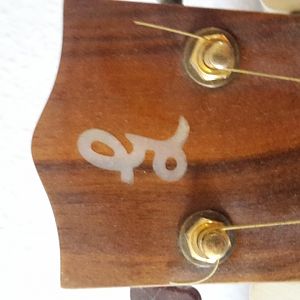That is still the case today José Ramírez I, who had rejected guitars “made in series”, had also seen the necessity of selling them in his business. At the beginning he didn’t put a label on them, but with time he realised that this was a mistake because people would come to his shop with complaints and he couldn’t prove the guitar was really made in his workshop.So, finally, he ordered some special labels, different to those of the professional models and resolved the problem. José Ramírez II kept selling student guitars made in series, and more than that, he also designed some student models and ordered them from the best manufacturer in Valencia. One of those models remained in the workshop until the middle of the 1970s. By then, and for many years since, student models were sold, which were not designed by Ramírez. These were chosen from among the normal production of selected factories, based on the most acceptable quality. José Ramírez III, like his grandfather, rejected the student guitars, which is why he didn’t care about the eventual disappearance of those guitars designed by his father. However, José Ramírez IV didn’t think this way. He was very aware of the importance that those guitars could have for beginners. Offering the student guitar would bring a guarantee of quality supported by the Ramírez name.His argument was that a beginner shouldn’t necessarily start playing with a professional guitar, and that it was necessary to offer an instrument that, besides being accessible in price, should have good quality and be pleasant to play with. This “Relationship Marketing” undoubtedly, leads to sales of the professional models to some of the beginners, who have become used to, and trusted the Ramírez brand.

 [/QUOTE]
[/QUOTE]


